Cauliflower is delicious and incredibly healthy. In terms of dietary qualities, it is a leader among all other types of cabbage. In addition, referring to precocious crops, it allows you to harvest twice a year. Would you like to grow cauliflower, spending a minimum of effort, and at the same time get large inflorescences with the maximum content of nutrients? Then get acquainted with the rules for growing cauliflower and caring for it in the open ground.
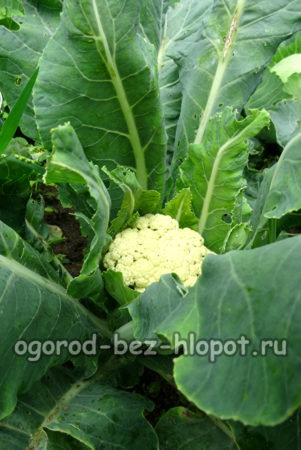
Content
Seed selection
The main problem with seed selection is the selection of the “right” variety. Varieties can be early, medium and late. The main difference is in the ripening dates. For example, to harvest the cabbage of early varieties, it will take up to 4 months to grow, for medium - up to 5 months, and for later - about six months. Therefore, choosing, we must focus on the climatic features of our region. So, in some regions, late varieties simply do not have time to “ripen”.
It should also be borne in mind that if early varieties can be sown immediately in open ground, then middle and late varieties are preferably grown through seedlings.
Presowing preparation
Before sowing the seeds must be prepared. Select large specimens and place them for 2 hours in a thermos with hot water (up to 55 degrees). After getting out of the water, the seeds must be dried.To plant the seeds, prepare the container and special soil. A large spacious box or small individual cups (including peat ones) are suitable as containers. The soil can be purchased at the store, or prepared by yourself, mixing peat, sand, humus and sawdust.
For reliability, you can calcine the mixture in the oven, holding it for about 5 minutes at a temperature of up to 80 degrees. This will clear her of pathogens.
Growing seedlings
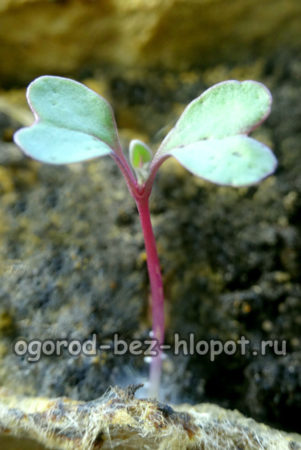
Sowing seeds for seedlings is carried out in mid-March.
- Fill the box with soil (after arranging drainage at the bottom), or cups.
- Sow the seeds, dipping them about half a centimeter.
- Sprinkle the seeds a little with soil and sand.
- Water lightly.
- Leave in a warm sunny place.
After about 5 days, the sprouts should appear, after which the containers with seedlings will need to be transferred to a cooler place.
If the seedlings "sit" in one box, approximately on the 10th day after germination, they must be dived, planted in separate pots. On the 20th day after germination, it is advisable to feed the crops with a nutrient solution of water, potassium fertilizers and superphosphate in the proportions of 10 l: 10 g: 20 g, respectively.
Water as the soil dries.
Site selection and preparation
Site Requirements:
- under cauliflower it is better to divert a sunny section, sheltered from sudden gusts of wind;
- the soil is preferably loamy, rich in humus;
- on acidity, a slightly acidic soil, or with a neutral pH level, is welcomed;
- the best predecessors are potatoes and legumes.
In the autumn, dig a plot, simultaneously removing weeds and applying fertilizers (70 kg of manure per 10 sq. M). Do not level.
In the spring, about a week before planting, add humus (1 bucket) and nitrofoska (1 tbsp. L.) Per 1 sq. Km. m
Planting seedlings and sowing seeds
Sowing early seeds in open ground is possible from mid-April. In the northern latitudes, seedlings should be covered with a film.
Seedlings should be replanted approximately 1.5 months after sowing.At this point, the sprouts should have 4-5 leaves and a developed root system.
To transplant them, you must:
- prepare the wells, making sure that the distance between them is at least 25 cm;
- fertilize each well with humus and pour with settled water;
- after absorbing moisture, place the sprouts in the pits, removing them from the cups with a lump of earth and deepening to the first leaf;
- drip and pour;
- mulch;
- shade for a couple of days.
Care
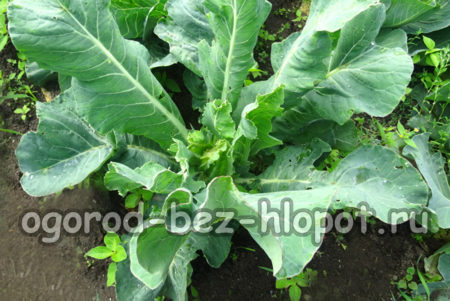
- Watering. Cauliflower should be watered about once a week. It is important to ensure that there is no excess of moisture, otherwise the root system will actively grow instead of the development of inflorescences in the plant.
- Mulching. Cauliflower roots are not far from the surface, therefore, after watering, it is advisable to mulch the soil with peat or humus. This will help protect the roots from overheating and hypothermia.
- Whitening. To keep the cabbage inflorescences white, they can be covered with ordinary leaves, fastened with a clothespin.
- Top dressing. 10 days after planting, and then every two weeks, cabbage should be fed with infusion of mullein or bird droppings.
Getting a decent harvest of cauliflower is not such a difficult task. Try to follow our advice, and in the fall will certainly collect several large snow-white inflorescences.

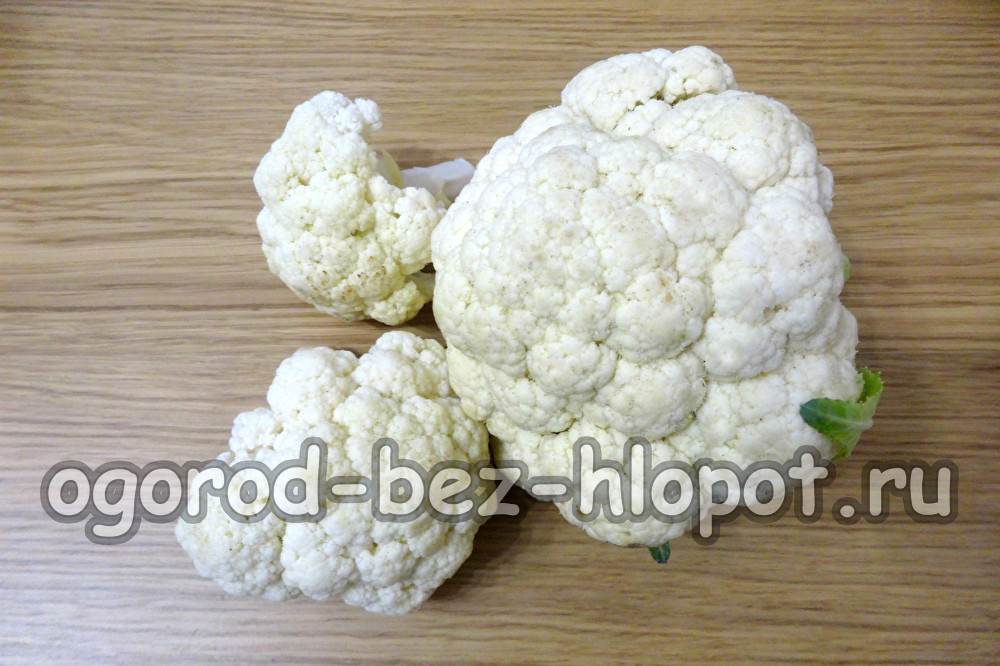
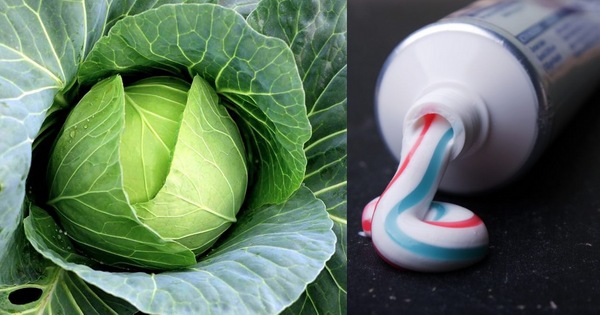
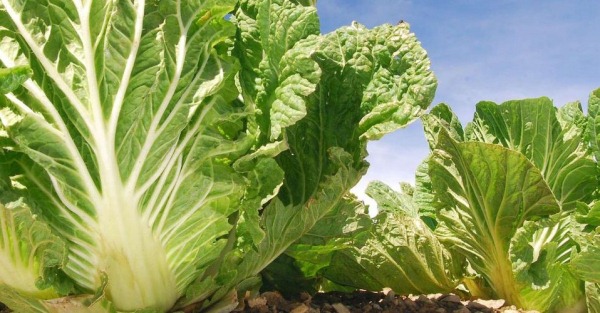
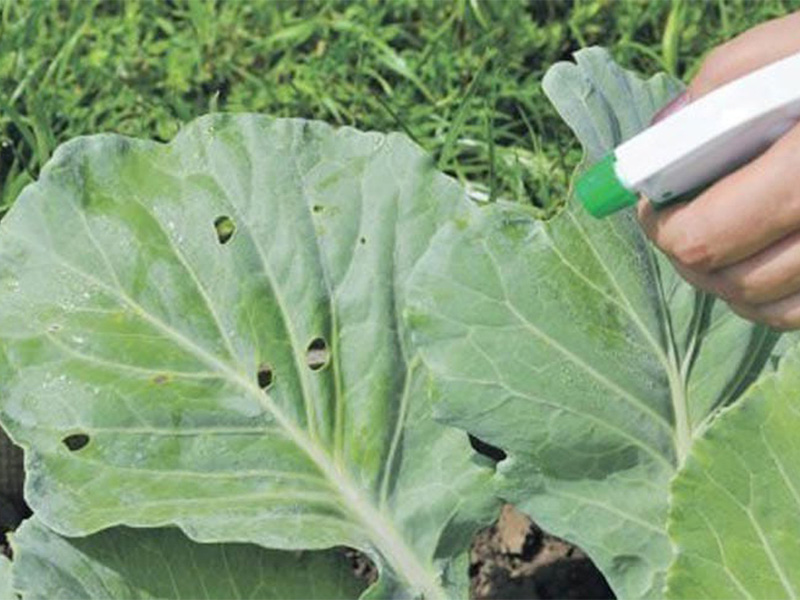
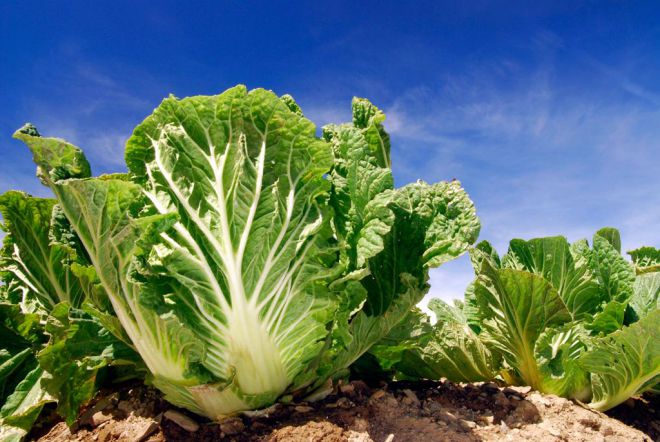 How to grow Chinese cabbage on your site?
How to grow Chinese cabbage on your site?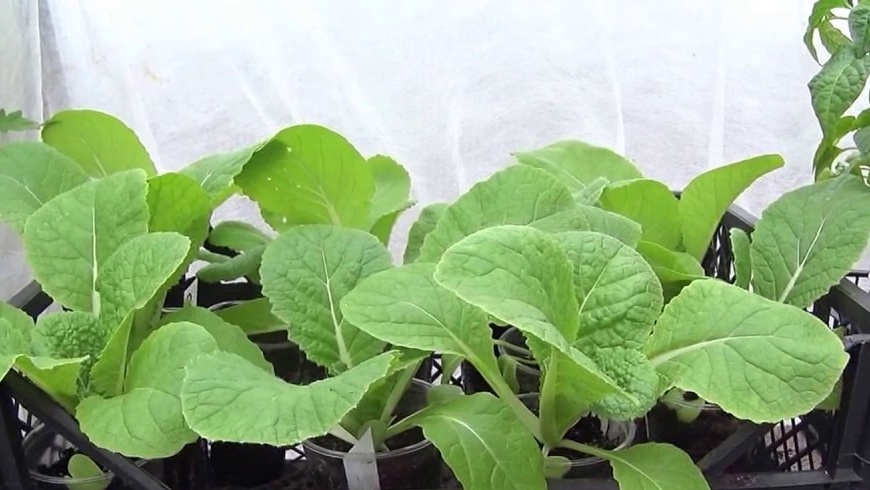 When to plant Chinese cabbage on seedlings in 2024
When to plant Chinese cabbage on seedlings in 2024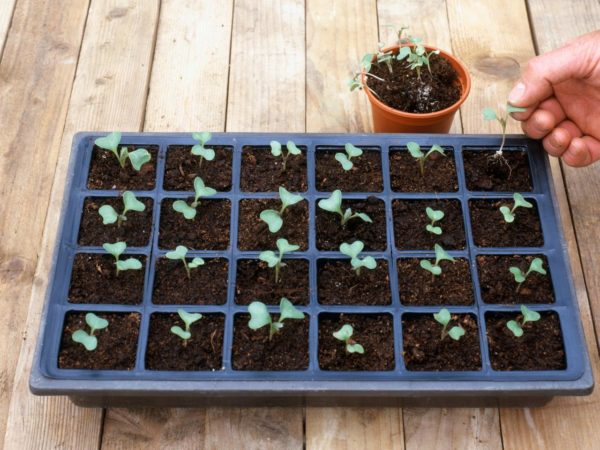 When to sow cabbage for seedlings in 2019 on the moon
When to sow cabbage for seedlings in 2019 on the moon